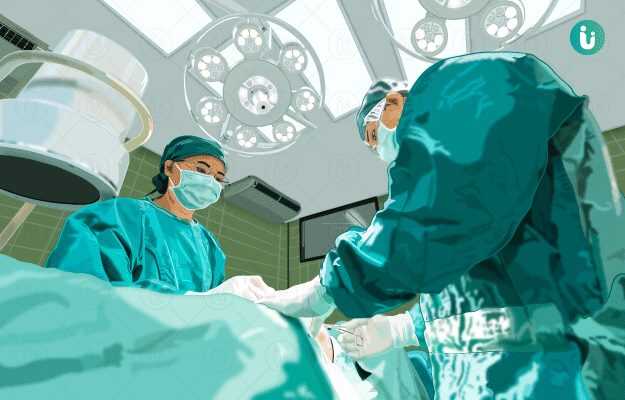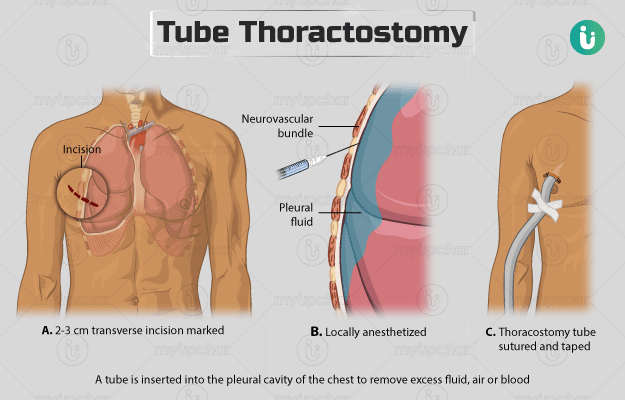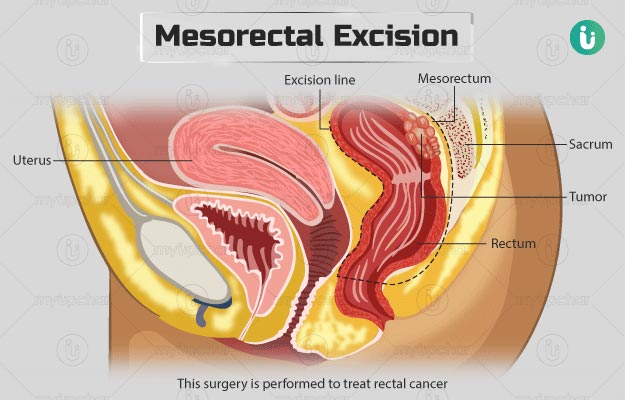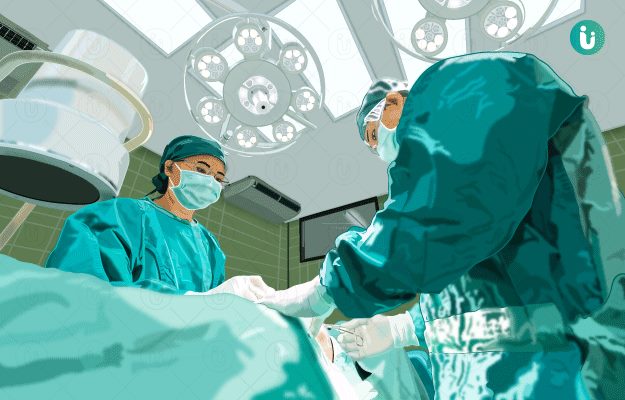Rhinectomy is the surgical removal of the nose in whole or part. In this procedure, the soft tissue of the nose is removed along with most of the nasal framework.
Nose holds a significant place in the aesthetic appeal of a person while being equally important functionally. However, the placement of the nose exposes it to the sunlight and makes it prone to nasal skin cancer.
The external nose is made up of bone and cartilage and divided on the inside by the anterior nasal septum (a wall-like structure) into nostrils. The nasal cavity is the space behind the nose into which the nostrils open. It is present above the top of the mouth and connects with the mouth at the back of the throat. The air breathed in through the nostrils is warmed and moistened in the nasal cavity. The bacteria in the air that we breathe are also removed in this space.
Nasal cancers often begin inside the nasal cavity or in the small air-filled spaces within the bones close to the nasal cavity called paranasal sinuses. Cancers originating in tissues at the lower end of the nasal septum and in the nasal cavity tissues towards the entrance of the nose tend to be invasive and aggressive as the thin tissue lining of the cavity does not offer any resistance to the spread of the tumour.
Since the nasal cavity is close to the ears, mouth and eyes, cancer of the nasal cavity can easily spread to the surrounding bones, cartilages, cheeks and lips through the periosteum (the thin membrane that covers the bones). Most nasal cavity cancers are squamous cell carcinoma and adenocarcinoma (cancer of the mucus-producing glands; mucus is a fluid that moistens the air we breathe and filters out the bacteria).
Rhinectomy involves the resection (removal) of the cancerous growth while preserving substantial tumour margins (edge or border along which no cancer cells are present), followed by the reconstruction of the nose to restore its appearance and function.
Rhinectomy is of two types:
- Partial rhinectomy - a limited portion of the nasal structure is removed.
- Total rhinectomy - the skin, the structure of the external nose and soft tissue.
Rhinectomy is done only for aggressive (fast-spreading), extensive or recurrent cancers. It has severe consequences to the aesthetic appeal of a person; therefore, it is not the first line of treatment. It is only performed after radiation therapy or surgery has failed.









































